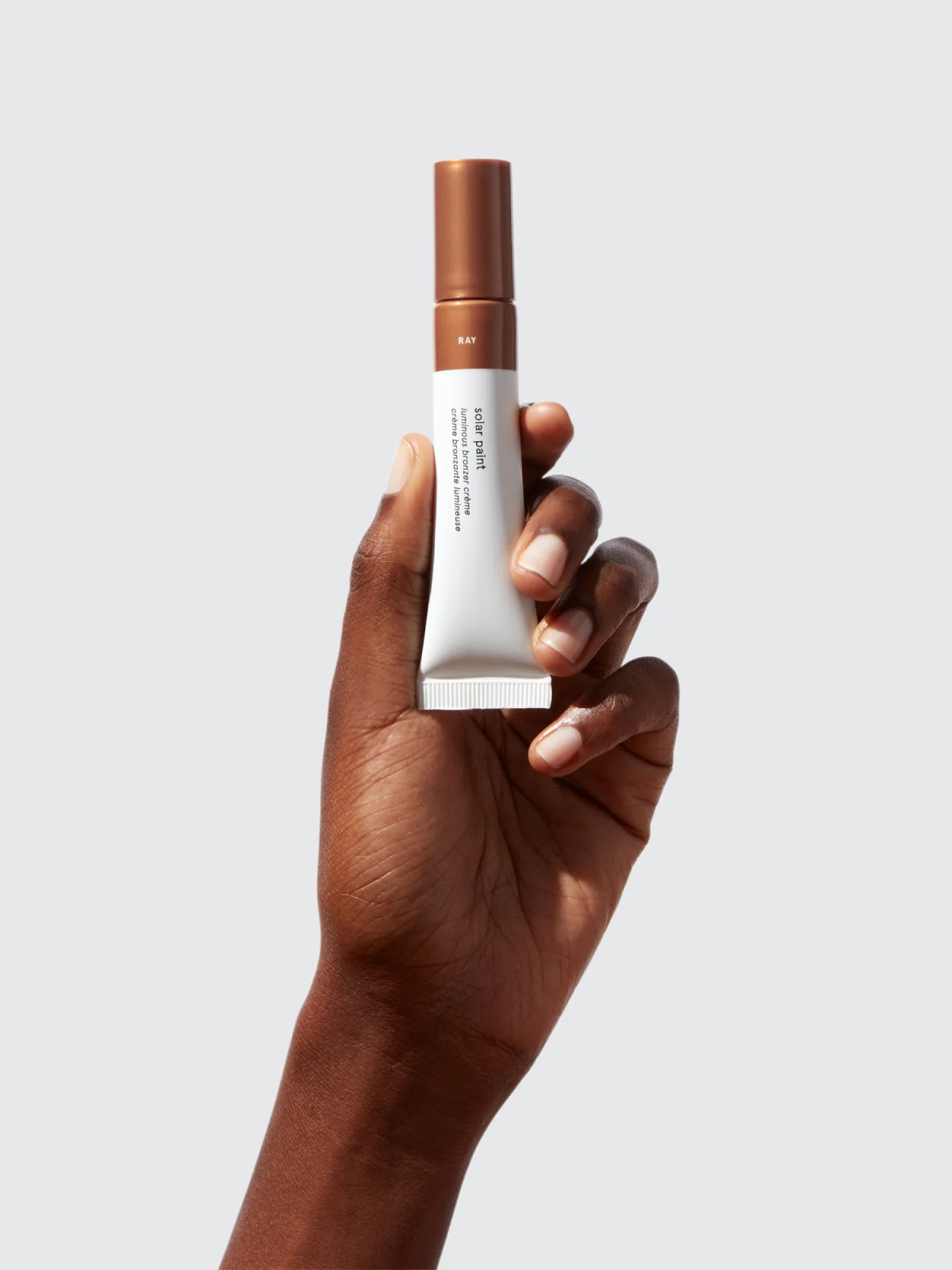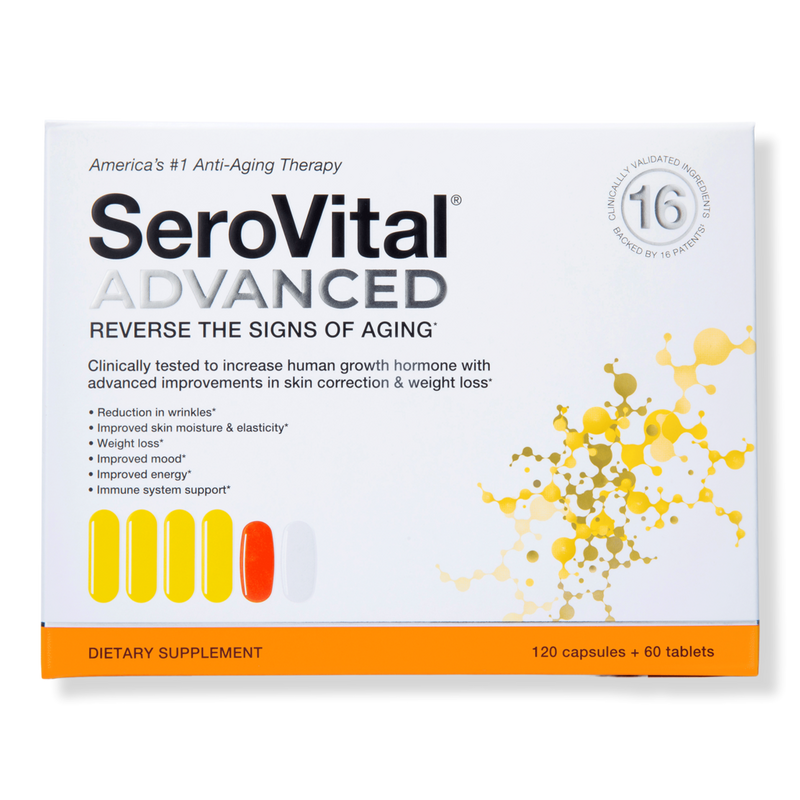Solar Paint – Glossier | Skincare & Beauty Products Inspired by Real Life
Easy-to-use skincare and makeup that form the backbone to your routine. A weightless bronzer designed to capture the warm glow you get from spending a day in the sunshine.
Instant summer skin.
WHY IT’S SPECIAL:
-
We wanted skin to look like it was actually kissed by the sun: each shade has a touch of luminosity from light-reflecting pearls and a thoughtful balance of warmth and dimension (so your bronzer looks just as natural in broad daylight as it does in your bathroom mirror)
-
The almost-whipped gel crème is infused with Desert Milk™ (a micro-emulsion of plant oils and extracts like Jojoba and Aloe) to condition and nourish, and has a natural-effect finish that blends seamlessly with the heat of your fingers
-
We added a doe foot to ensure your bronzer ends up in all the places the sun would naturally hit (a little goes a long way with this formula, so you’ll want to start with a few dots, blend it out, and you can always build it up from there)
-
We community tested our shades until we landed on ones that were flattering and true to life—each tint was formulated with different color pearls and pigments to realistically capture how the sun warms each range of skin tones
Additional information
| luminous bronzer crème | 0.5 fl oz / 13 ml |
|---|






by Amanda
so easy to blend with everything and can use my hands. i honestly feel like powder bronzer can look so unnatural and too cakey on me, this looks so natural and pretty
by Jay
This goes on so creamy and nice and is weightless, it has a more subtle finish but you can build up for stronger look. SO far really like it, but if in a hot place may fade quicker than powder bronzer. Easy to blend, would use dots to apply vs lines. Another glossier win.
by Giselle
Ok. I absolutely LOVE this bronzer. It’s easy to blend in with your fingers and the doe foot applicator makes it super quick and easy to apply- which makes this baby and toddler mom super happy. Love!